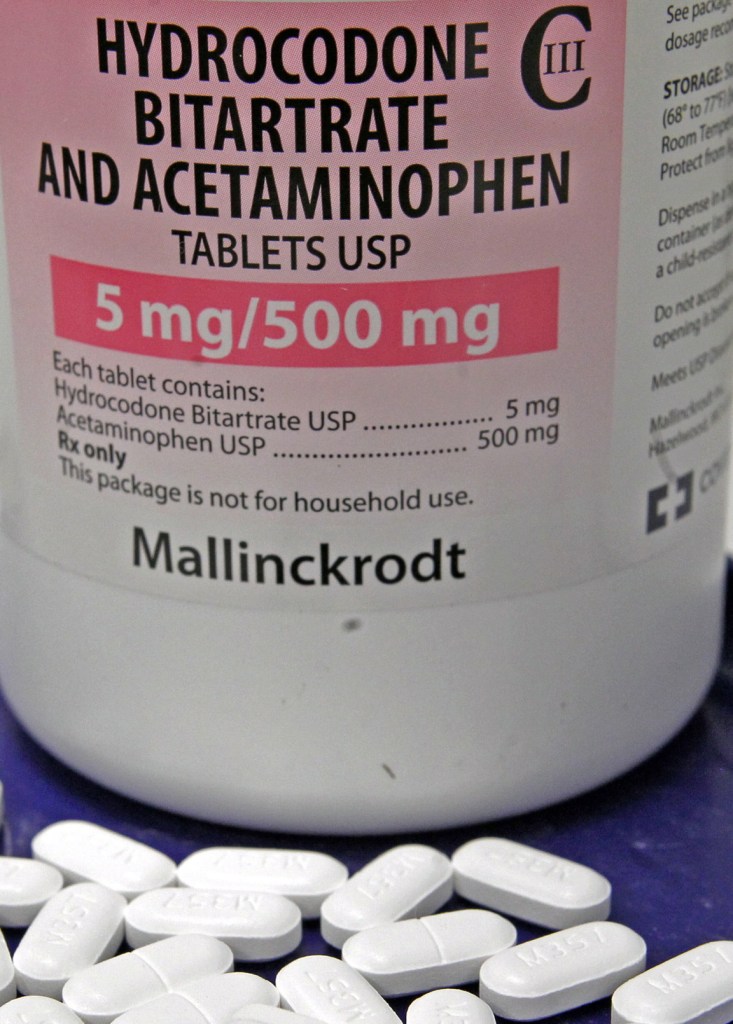WASHINGTON — The Food and Drug Administration is recommending new restrictions on prescription medicines containing hydrocodone, the highly addictive painkiller that has grown into the most widely prescribed drug in the United States.
In a major policy shift, the agency said in an online notice Thursday that hydrocodone-containing drugs should be subject to the same restrictions as other narcotic drugs such as oxycodone and morphine.
The move comes more than a decade after the Drug Enforcement Agency first asked the FDA to reclassify hydrocodone so that it would be subject to the same restrictions as other addictive painkilling drugs. The FDA did not issue a formal announcement about its decision, which has long been sought by many patient advocates, doctors and state and federal lawmakers.
For decades, hydrocodone has been easier to prescribe, in part because it is only sold in combination pills and formulas with other non-addictive ingredients such as aspirin and acetaminophen.
That ease of access has made it many health care professionals’ top choice for treating chronic pain, from back pain to arthritis to toothaches.
In 2011, U.S. doctors wrote more than 131 million prescriptions for hydrocodone, making it the most prescribed drug in the country, according to government figures. The ingredient is found in blockbuster drugs such as Vicodin as well as dozens of other generic formulations.
It also consistently ranks as the first or second most-abused medicine in the United States each year, according to the DEA, alongside oxycodone. Both belong to a family of drugs known as opioids, which also includes heroin, codeine and methadone.
Earlier this year the Centers for Disease Control and Prevention reported that prescription painkiller overdose deaths among women increased about fivefold between 1999 and 2010. Among men, such deaths rose about 3.5-fold. The rise in both death rates is closely tied to a boom in the overall use of prescribed painkillers.
Send questions/comments to the editors.



Success. Please wait for the page to reload. If the page does not reload within 5 seconds, please refresh the page.
Enter your email and password to access comments.
Hi, to comment on stories you must . This profile is in addition to your subscription and website login.
Already have a commenting profile? .
Invalid username/password.
Please check your email to confirm and complete your registration.
Only subscribers are eligible to post comments. Please subscribe or login first for digital access. Here’s why.
Use the form below to reset your password. When you've submitted your account email, we will send an email with a reset code.